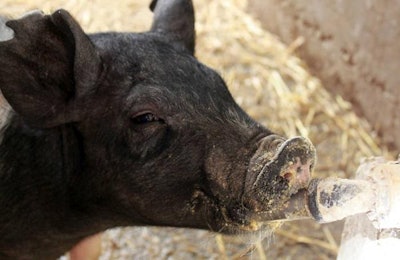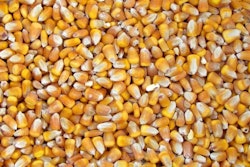
“This is not just about converting the manure from almost 2 million pigs into renewable energy,” explained Rudi Roeslein, found and president of Roeslein Alternative Energy. “It’s about taking environmental sustainability to a new level.”
Using new technology, the $120 million Smithfield Foods, Inc. animal waste-to-energy (WTE) project captures gas from the anaerobic digestion of manure in swine lagoons. A flare system burns off impurities and excess gas to help produce the 98% pure methane, which can be sold into the natural gas pipeline as RNG.
Currently, 41 of the 88 manure lagoons at nine Smithfield farms in northern Missouri — each with an approximately 15,000-gallon capacity — have been outfitted with an impermeable cover that prevents greenhouse gases from escaping into the atmosphere, keeps rainfall from entering the lagoons and helps reduce odors from the lagoons.
“This project will show how farmers can do more than produce food. We can make energy, we can reduce waste, and we can be good stewards for our most important resources — land and water,” said Blake Boxley, director of environmental health and safety, Smithfield Hog Production.
Read more about how swine producers are growing pork and power.

















